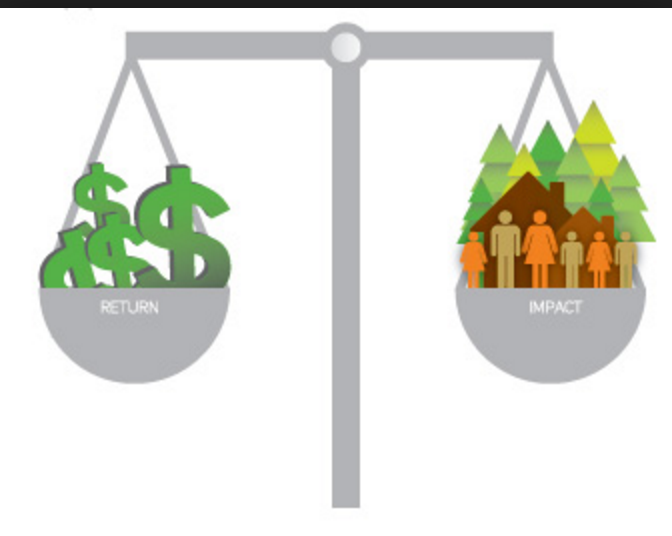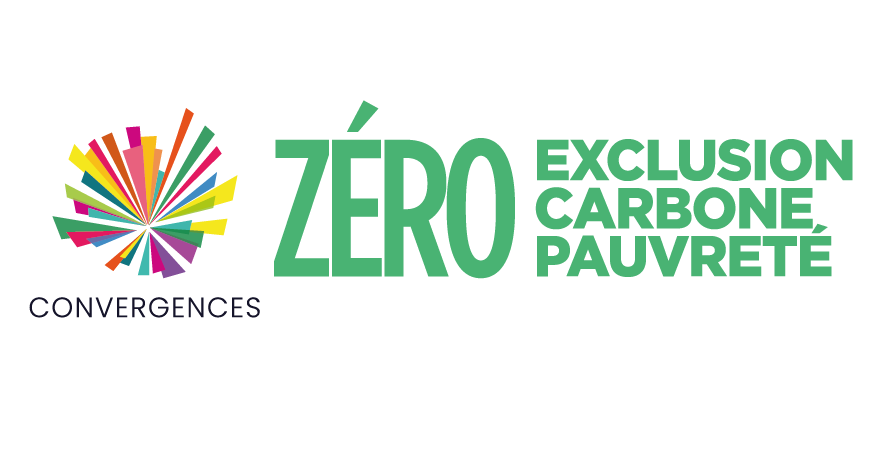
Microfinance has become a growing sector of activity in Europe over the last years. It still carries an important growth potential considering the impacts of the current low economic growth on disadvantaged and impoverished populations and the need to ensure their social and financial inclusion. The rapid increase of self-employment and enterprise creation makes the role of microfinance even more important, since microenterprises – which make up 92% of the total number of European enterprises – must overcome many obstacles, first to be created, and then to find the financial resources they need. In this respect there remains a significant, yet unmet, demand from financially excluded microenterprises and self-entrepreneurs.
A recent study commissioned by the European Microfinance Network (EMN) and Microfinance Centre (MFC) to evers & jung assessed a total market potential for business microcredit of 2.7 million loan applications in EU-28 that results in a total volume of 17.4 billion euros in potential demand for microcredit in 2016. This estimate highlights the need for accessible small business loans from actors in the banking and non-banking sector, including alternative finance providers like peer-to-peer platforms or grey market lenders. The recent development of microfinance in Europe hints that this sector is increasingly addressing the needs of self-employed individuals and existing microenterprises that are still excluded from traditional banking services.
A growing sector
As revealed by the preliminary data of the EMN-MFC Survey Report 2016-2017, the microfinance sector has been steadily growing over recent years. In 2017, the surveyed Microfinance Institutions (MFIs) disbursed almost 700,000 microloans with a total volume of over 2 billion euros. Overall in 2017, MFIs reported almost 1 million total active borrowers, with a gross microloan portfolio outstanding of 3.1 billion euros.
When considering a six-year time span (2012-2017) these indicators reach a growth rate upwards of 50%, confirming the dynamism of the microfinance sector in Europe.
Apart from that continuous development, the new data available confirm the persisting heterogeneity of the microfinance sector. In terms of institutional diversity, the range of actors that provide microloans in Europe is wide: mostly Non-Governmental Organisations (NGOs) – the most common legal type adopted – followed by Non-Bank Financial Institutions (NBFIs) and Credit Unions/Financial Cooperatives. In terms of social objectives, increased access to financial services emerges by far as the main mission pursued by MFIs across Europe. However, this trend is less pronounced in Western Europe where the job creation mission stands out as almost as important as financial inclusion (see p.6).
Preliminary results confirm that business microloans – that support self-entrepreneurs and microenterprises with loans up to 25,000 euros– are still by far the main financial product that MFIs offer in Europe, followed by personal microloans. These latter cater to critical needs of vulnerable clients such as rent, education and personal emergencies, as well as employability investments. Beyond microloans, the main financial products offered by MFIs are larger business loans (e.g. more than 25,000 euros to microenterprises and small and medium enterprises) and savings, in line with the previous survey results (2014-2015).
It is worth underlining that the scope of the microfinance sector in Europe is not limited to the provision of financial services to people excluded from the traditional financial markets. Available data show that a growing number of MFIs (almost 70%) offer much-needed non-financial support to their clients, and constitute a crucial and distinctive feature of MFIs in the European landscape. In the majority of cases, these services are internalised by MFIs and mostly delivered in the form of one-on-one coaching, consulting, mentoring or in group sessions (workshops, seminars, etc.).
Support to the development of the sector
Overall, these figures depict a huge potential demand for microloans across Europe. They also show the dynamism of a sector supporting a growing number of vulnerable clients and microenterprises thanks to the combined offer of bespoke financial and non-financial services.
Despite the positive results achieved, MFIs in Europe still need adequate public and private support to ensure a wider outreach to the underserved, to constantly improve their institutional capacity and to be able to stay at the forefront of social and technological innovation. In order to deliver on its mandate to improve social and financial inclusion, the sector needs financial instruments (e.g. guarantees, senior loans, equity), grants for technical assistance and pilot projects, and subsidies to increase the accessibility of the services to the most vulnerable clients. These types of instruments are considered vital in the future of the EU support to the sector for the post 2020 period.
1 Assessing the European market potential of business microcredit and the associated funding needs of non-bank MFIs, evers & jung, 2017.
2 157 MFIs surveyed from 28 European countries. Full study to be released in December 2018.
3 Calculation based on a subset of 34 MFIs that replied to the last 3 waves of the survey…
Nicola Benaglio
Policy and research officer
European Microfinance Network


